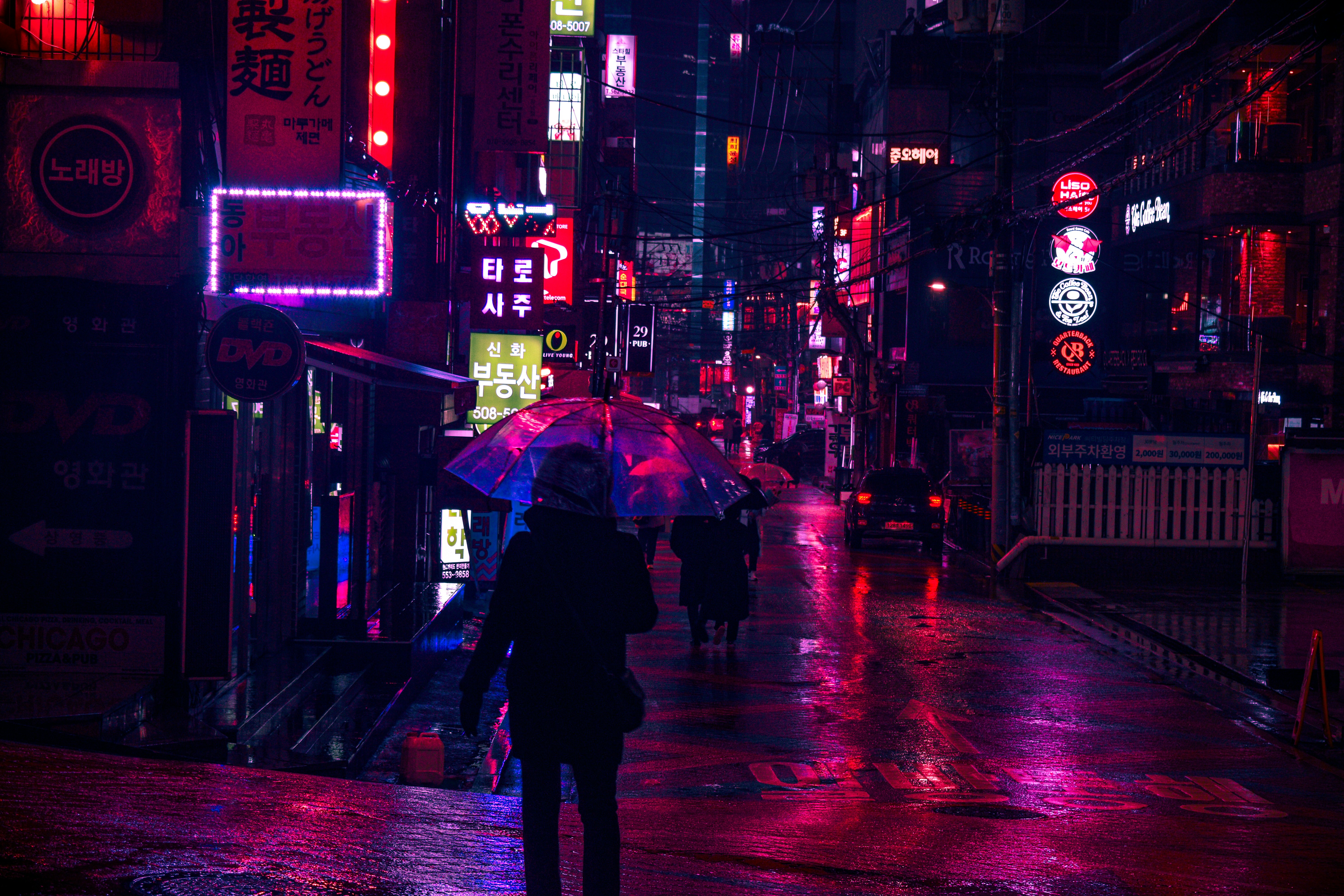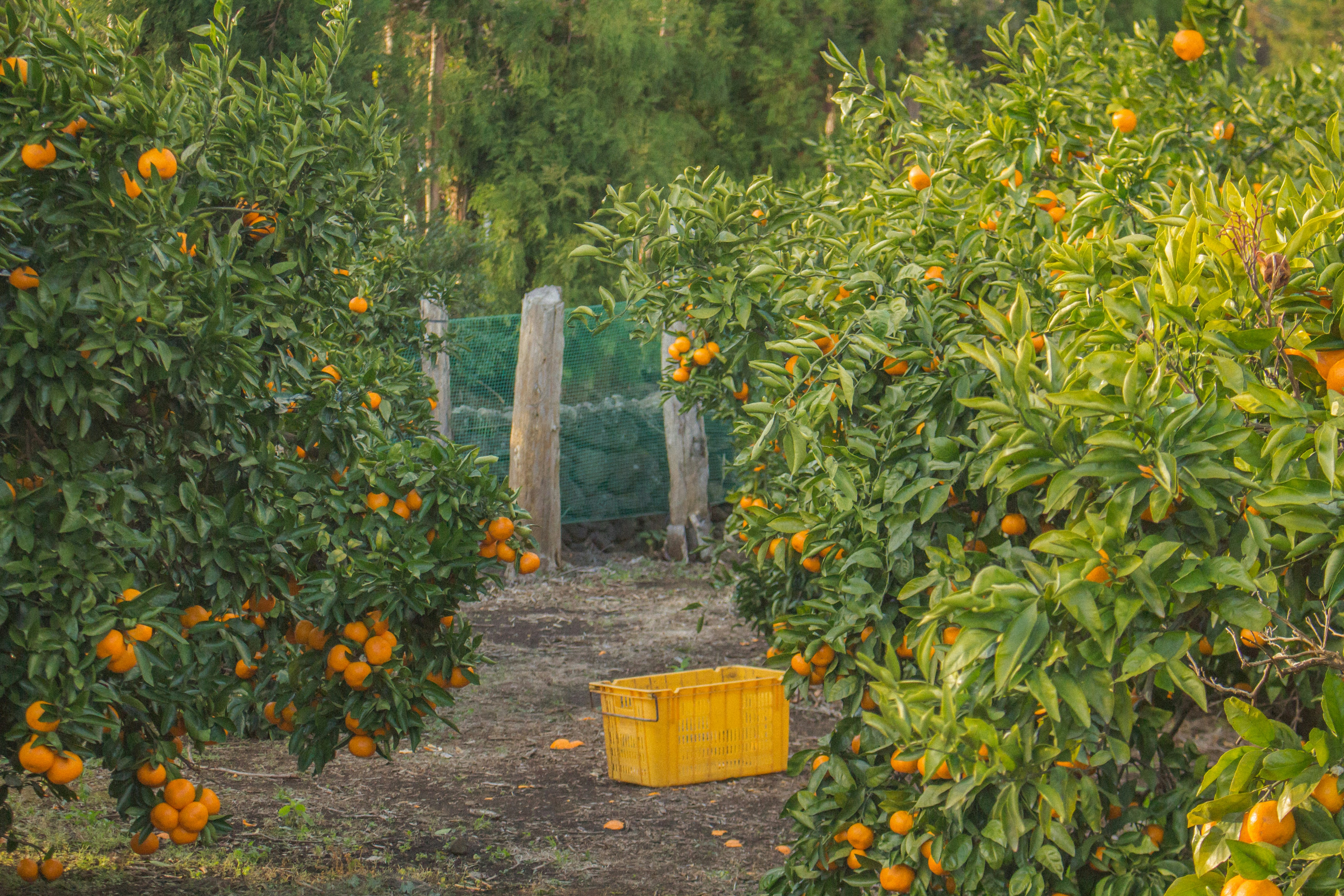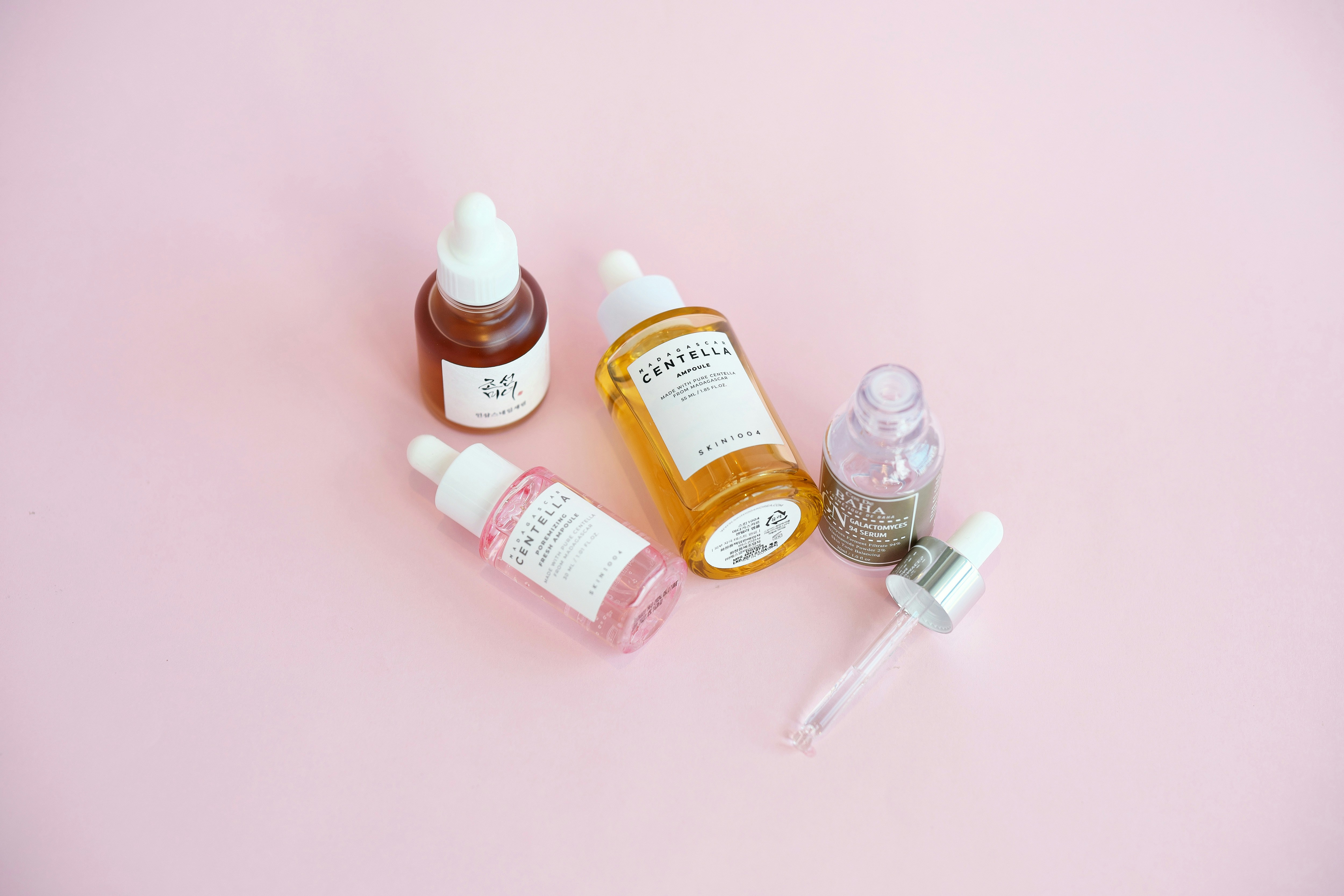Seoul Like a Local: Finding the City's Soul Beyond Gangnam
When you picture Seoul, what comes to mind? The futuristic skyline of Gangnam? The endless cosmetics shops of Myeongdong? While those places have their own energy, the true heart of Seoul beats in its neighborhoods—the vibrant, lived-in districts where locals eat, create, and connect. After three years of calling this incredible city home, I've learned that to truly know Seoul, you have to wander its alleys.
Forget the tourist maps for a day. Let's dive into the neighborhoods that reveal the city's complex, beautiful soul, where ancient tradition seamlessly blends with cutting-edge cool.
#Ikseon-dong: A Labyrinth of Time
Nestled between the palaces and the modern skyscrapers of Jongno, Ikseon-dong is a time capsule. It's one of Seoul's oldest remaining hanok (traditional Korean house) villages, but with a twist. Here, century-old structures with tiled roofs and wooden beams have been reborn as exquisitely designed cafes, boutique shops, and intimate restaurants. Walking its narrow, winding alleys feels like stepping into a secret garden where every corner reveals a new delight.
Don't Miss:
- •Cheong Su Dang: An absolute visual stunner. Enter through a bamboo forest with stone lanterns and stepping stones over water to find a cafe famous for its stone-drip coffee and soufflé castella cakes.
- •Hotel Seine: Don't let the name fool you; it's a cafe and dessert parlor themed after the Grand Budapest Hotel. The opulent interior and intricate cakes are a feast for the eyes and the palate.
- •Ikseon-juyo: A fantastic spot for a modern Korean meal. They serve delicious steak rice bowls and avocado bibimbap in a beautiful, light-filled hanok setting.
- •Oncheonjip: Known for its unique presentation of shabu-shabu, designed to look like a traditional Japanese hot spring bath. Expect a line, but the experience is worth it.
Insider Tip: The alleys are a maze, and that's part of the fun. Put your map away for a bit and just wander. Visit on a weekday morning to experience its tranquil beauty before the afternoon crowds descend. The morning light filtering through the glass-roofed arcades is magical for photos.
#Seongsu-dong: The Industrial Heart of Cool
Often called "the Brooklyn of Seoul," Seongsu-dong has undergone a breathtaking transformation. What was once a gritty district of shoe factories and industrial warehouses is now the city's undisputed creative epicenter. The raw, industrial aesthetic remains—exposed brick, cavernous spaces, and steel beams—but now it houses Seoul's most innovative coffee roasters, avant-garde art galleries, and independent fashion brands.
Must-Visit Spots:
- •Daelim Changgo Gallery & Cafe: The OG of Seongsu's warehouse conversions. This massive space doubles as a contemporary art gallery and a cafe. You can sip a latte while surrounded by towering sculptures and installations.
- •Onion Seongsu: An architectural masterpiece. Built within the ruins of a 1970s metal factory, this cafe left the crumbling walls and rusted details intact, creating a powerful statement on history and renewal. Their signature Pandoro pastry is legendary.
- •Seoul Forest: This massive urban park is Seongsu's green lung. It's a perfect place to decompress after cafe-hopping. You can rent a bike, visit the deer enclosure, or simply enjoy a picnic.
- •LCDC Seoul: A multi-brand concept store that feels like a curated journey. Each floor hosts a different experience, from niche fragrances and clothing brands to a rooftop cafe.
Insider Tip: Explore the side streets off the main road (Yeonmujang-gil). This is where you'll find smaller, hidden-gem studios, leather workshops, and pop-up stores that haven't hit the major blogs yet.
#Mangwon-dong: An Authentic Foodie Haven
If you want to eat like a local, head to Mangwon-dong. This charming, largely residential neighborhood near the Han River has a relaxed, unpretentious vibe. It's where Seoul's culinary creativity flourishes without the high price tags of other trendy areas. The centerpiece is the bustling Mangwon Market, a vibrant, authentic market that serves as the neighborhood's kitchen.
Food Highlights:
- •Mangwon Market: Dive in and graze! Don't miss the gochu twigim (fried stuffed peppers), handmade kalguksu (knife-cut noodle soup), and the famous dak-gangjeong (sweet and spicy fried chicken) from Queserasera Chicken.
- •Zapangi: You've probably seen this cafe on Instagram. The entrance is a bright pink vending machine door that leads to a whimsical cafe known for its tin-can cakes and mermaid-themed drinks.
- •Ugly Bakery: A small, unassuming bakery with a cult following. They are famous for their bread packed to the brim with fillings like cream cheese, mammoth beans, and mugwort. The lines can be long, so go early.
- •GwangHapCha: A cozy tea house and pub, perfect for an evening wind-down. They have a fantastic selection of craft beers and traditional Korean liquors, along with delicious food pairings.
Insider Tip: Grab some food from the market and walk ten minutes to Mangwon Hangang Park. It’s a classic local experience to enjoy a riverside picnic, especially during sunset.
#Getting Around Like a Pro
Seoul’s public transport is one of the best in the world. Mastering it is key to exploring these neighborhoods efficiently.
- •Get a T-Money Card: This is your golden ticket. Purchase one at any convenience store (CU, GS25, 7-Eleven) or subway station machine. You can load it with cash and use it to tap-and-go on all subways, buses, and even in taxis. It’s far more convenient than buying single-journey tickets.
- •Embrace the Subway: It's fast, clean, and has excellent English signage. Each line is color-coded and numbered, making navigation straightforward.
- •Download a Local Map App: While Google Maps works for major attractions, it's notoriously unreliable for walking directions and real-time transit information in Korea. Download Naver Map or Kakao Maps. They are the local standards, offering pinpoint accuracy, real-time bus arrival data, and the fastest subway routes, including which car to board for the quickest transfer.
#The Four Faces of Seoul: When to Visit
The city dramatically changes with the seasons, each offering a unique reason to visit.
- •Spring (April-May): The city awakens under a canopy of pink cherry blossoms. The weather is idyllic. It's the perfect time for strolling through Seoul Forest in Seongsu-dong or enjoying the outdoor patios in Ikseon-dong.
- •Summer (June-August): It's hot and humid, but the city buzzes with energy. This is the season for late nights, enjoying chimaek (chicken and beer) by the Han River, and cooling down with a mountain of bingsu (shaved ice dessert).
- •Fall (September-November): Arguably the best season. The oppressive humidity vanishes, replaced by crisp, clear air and comfortable temperatures. The city is painted in stunning autumn colors, making it ideal for hiking and exploring on foot.
- •Winter (December-February): The air is cold, but Seoul becomes a cozy, festive wonderland. Huddle in warm cafes, feast on steaming street food from a pojangmacha (tented street stall), and see the neighborhoods sparkle with holiday lights.
To truly connect with Seoul, you must embrace the art of the detour. Step away from the main boulevards and into the quiet alleys. What you'll find there—a hidden tea house, a vibrant market, a bold piece of street art—is the city's true, unforgettable story.



